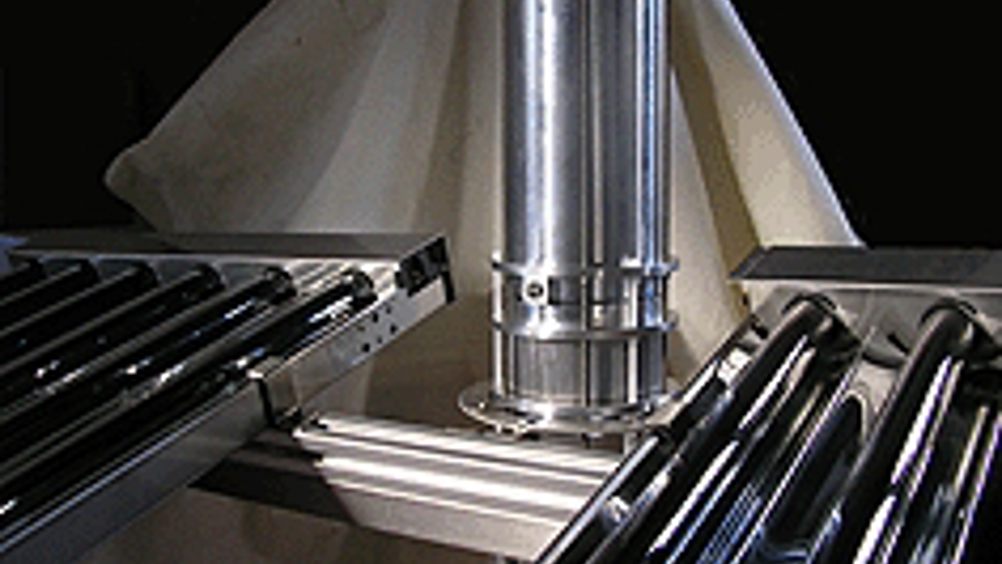Thermal water pump could aid farmers in developing nations
A water pump that uses thermal energy from the sun is to undergo field testing before potentially being used by farmers in the developing world for irrigating fields.

The device uses a non-inertive-feedback thermofluidic engine (NIFTE) that converts relatively small temperature differences between its heat source and heat sink into mechanical force.
It does this without any electrical supply or mechanical moving parts, instead using liquid pistons that move up and down in response to pressure variations, caused by boiling and condensation. Because of this it can hopefully be produced relatively cheaply, with a cost of £50 per pump being muted.
After 10 years of research and development at the Universities of Cambridge, Exeter and Oxford, and now commercial outfit Thermofluidics, the pump will be tested at a site near Tiverton, Devon in the coming months.
Dr Tom Smith, co-founder of the company and inventor of the pump said: ‘Essentially we want to take a technology that has been tested in a controlled environment in the lab into a hostile environment and kick it around the wheels, so to speak. Before we incur the high tooling costs that we’ll need to in order to produce units as cheaply as we hope to be able to, we need to make sure that we haven’t got some kind of fundamental flaw in the design.
Register now to continue reading
Thanks for visiting The Engineer. You’ve now reached your monthly limit of news stories. Register for free to unlock unlimited access to all of our news coverage, as well as premium content including opinion, in-depth features and special reports.
Benefits of registering
-
In-depth insights and coverage of key emerging trends
-
Unrestricted access to special reports throughout the year
-
Daily technology news delivered straight to your inbox










Water Sector Talent Exodus Could Cripple The Sector
Maybe if things are essential for the running of a country and we want to pay a fair price we should be running these utilities on a not for profit...